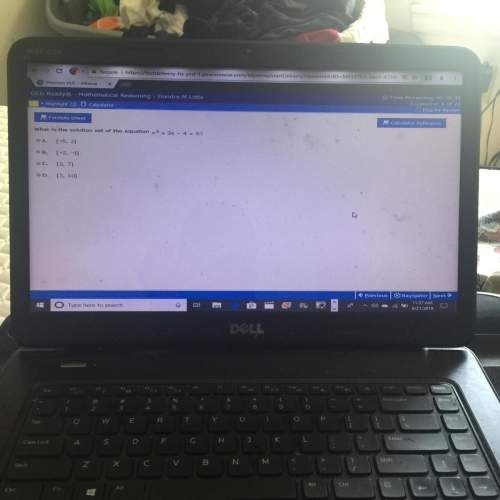
Mathematics, 06.05.2020 02:35 kinkin79
Consider the following binary variable version of the fixed effects model. Each regressor Dj is a binary variable that equals 1 when i -j and 0 otherwise. Note that the binary variable D1, for the first group is arbitrarily omitted. Use the regression in the equation above and the tool palette to the right to answer the following questions. What is the slope and intercept for entity 1 in time period 2? The slope of entity 1 in time period 2 is P1 The intercept of entity 1 in time period 2 is Po (Properly format your expressions using the tools in the palette. Hover over tools to see keyboard shortcuts. E. g., a subscript can be created with the_ character.) What is the slope and intercept for entity 3 in time period 1? The slope of entity 3 in time period 1 is: The intercept of entity 3 in time period 1 is:

Answers: 2


Other questions on the subject: Mathematics

Mathematics, 21.06.2019 17:00, Taylor129
Imogene invested $8,000 in a bank account that pays 8 percent simple interest at the end of each year. her friend invested the same amount in stocks where the growth of the investment is represented as 2,000 times the square root of 2 less than the time lapsed in years. if y1 and y2 represent the amount earned in dollars and t is the time lapsed in years, which system of equations correctly represents the situation?
Answers: 1


Mathematics, 21.06.2019 20:30, Courtneymorris19
Barney & noblet customers can choose to purchase a membership for $25 per year members receive 10% off all store purchases 1. how much would a member pay per year if he bought $50 worth of items each year? 2. write a slope-intercept equation that expresses how much a member pays per year using x to represent his purchases per year 3. how much would a member have to spend per year to pay off his membership fee?
Answers: 1

Mathematics, 22.06.2019 02:30, rileyeddins1010
Find the combined area of the triangles. click on the answer until the correct answer is showing. possible answers: a = 4 pi - 8a = 9 pi - 9/2 √3a = 16/3 pia = 16a = 27 pi
Answers: 1
You know the right answer?
Consider the following binary variable version of the fixed effects model. Each regressor Dj is a bi...
Questions in other subjects:

English, 30.10.2020 17:00












